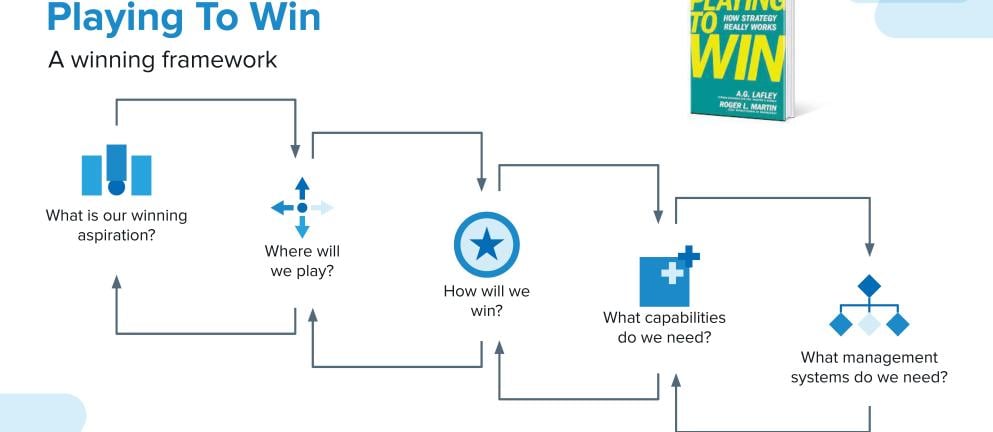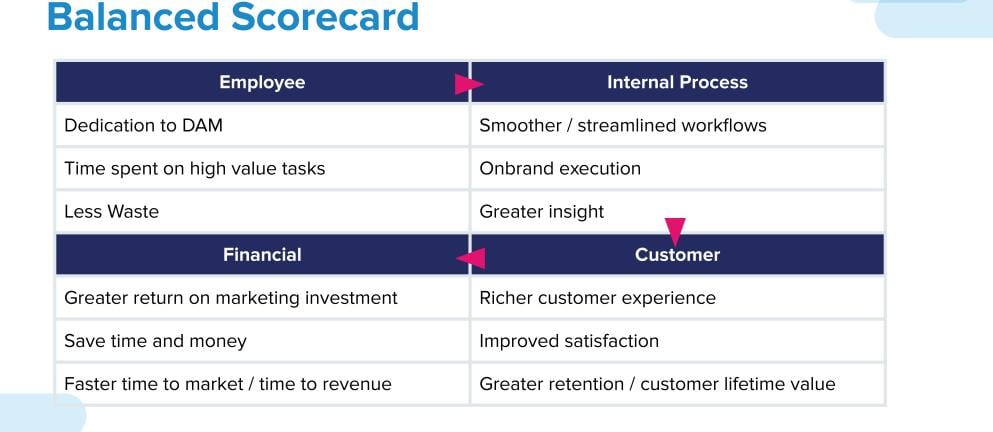How to Develop a Strategy and Governance Plan for Your Digital Asset Management (DAM) System

With the volume of photos, videos, illustrations, and other digital assets that organizations generate and receive today, it’s no wonder many businesses have incorporated a digital asset management (DAM) system into their marketing technology (martech) stack. But those that do so without a strategy, governance plan, or vision for how their DAM program supports marketing and business initiatives put themselves at risk. Employee turnover, leadership transitions, and other organizational changes can destabilize the effective use of DAM platforms and jeopardize your investment in your brand assets.
At Acquia, we’ve helped hundreds of organizations implement their DAM systems and, along the way, have learned the best practices to ensure their success. We shared that wisdom in a webinar where I joined a panel alongside Jake Athey, VP of Sales and Go-To-Market, DAM and PIM at Acquia, and Ben Owen, Sales & Marketing Manager at Stacks. We’ve synthesized the highlights below so read on for the tips that will help position your organization for the best possible outcomes as you explore adding a DAM platform to your martech stack!
Define your DAM strategy
Whether you’re researching DAM systems, are shopping around, or already have a solution in mind, developing a guiding framework for DAM-related decisions is key to driving business impact.
There are two models we recommend: Playing to Win (from the book of the same name) and The Balanced Scorecard. Both are strategic frameworks popular in business schools, and they can be easily applied to the implementation and long-term success of your DAM program. (We call it “program” because, as Ben reminded attendees, DAM is “not just a platform. It’s a series of people, processes, [and] technologies working together to create a system that makes your content more secure, accessible, and dynamic.”)
Let’s go over each model.
Playing to Win

Within this strategic framework is a set of interrelated questions that each inform the next question. First, you must determine your winning aspiration. What’s important to your organization over the next one to three years? Maybe it’s expanding your product offerings or services, or maybe it’s expanding into new markets for those products or services. Perhaps it’s growing awareness around your brand. Whatever the objective, your DAM strategy should support and align with it.
Next, define where you’ll play. There’s a good chance that you serve multiple teams or regions, so you want to understand them, their needs, and how your DAM program can meet those needs. Where do they overlap? Which are outliers, and which are priorities? What team members should be involved?
Once you’ve decided where your playing fields are, you need to figure out how to win. Business strategies win either with differentiated products or services, or by leading with cost. Applying this philosophy to a DAM system means deciding whether winning requires improving the quality of the content, brand, or customer experience (CX) you serve or does it involve lowering the cost of producing the content and experiences. Hopefully you can achieve both! But decide how your DAM program will differentiate itself from the ad hoc asset management approaches many organizations typically fall into.
From there, identify your organization’s or team’s strengths and capabilities and map them against your winning aspiration. If your organization is process-heavy and uses a file naming convention, use the DAM to map those elements to metadata for search filtering. If a team member has awesome design skills or another is known for being super organized, can you leverage their talents to create beautiful, well-organized dashboards that’ll quickly convey what’s available in the DAM and how to find it? On the flip side, you also should consider what capabilities you still need to make the program successful, such as user training or integrations with other systems.
Then, to ensure that your strategy works in the long run, you’ll need to establish measures and processes. This could include setting up file naming conventions, monitoring asset usage data, or defining the approval workflow. Be sure to choose measurement criteria that’ll help you understand if you’re achieving the goals of your DAM program and establish a process and timeline for gathering those metrics. This will help you figure out what’s working, what’s not, and what to tweak.
The Balanced Scorecard
This approach seeks to create equilibrium across integrated dimensions that take four perspectives into account when setting the strategy: employee, internal process, customer or stakeholder, and financial.

So, when considering the employee perspective, for example, you might measure the time it takes to complete high-value tasks and then look at how it feeds internal processes. Can you design a workflow that reduces the time spent on those tasks? How would that change affect the customer perspective? Will it increase customer lifetime value (CLTV)? Then, ultimately, consider the impact on the financial perspective: Will boosting CLTV increase marketing ROI or accelerate time to revenue?
Keep these areas in mind when designing a strategy for your DAM program. If you can find out how much time teams spend looking for assets or how much risk your company takes on due to unmanaged rights or ineffective content, then you bolster your case and get more buy-in across the organization.
Prepare a governance plan
A governance plan is a how-to guide that tells users the operating framework for your DAM program and how it’ll meet business goals. At a high level, it’s composed of three broad categories: governance, assets and security, and workflows. Each contains multiple elements; find some listed below along with queries that help shed light on the subject:
Governance
- Purpose and scope: What are the desired outcomes of your DAM program? Who will decide if the DAM outgrows its scope?
- Administration: Who is the program’s primary administrator? What regular tasks does the program call for, and what’s their cadence — daily, weekly, monthly, quarterly, or annually?
- Communication: Will your DAM platform deploy any automated communications? Do you have a feedback system in place so users can express their needs?
- User management: Can contractors or external parties have accounts? What process will users follow to request or confirm access?
- Training: How will you onboard new users? What training resources will you have available?
Assets and security
- Security: How do you ensure data privacy? How are user access levels defined?
- Quality standards: How often will you review or cleanse assets? Which stakeholders are responsible for ensuring brand quality?
- Metadata and search: Who adds metadata to which assets? Which functions will you use to import or add metadata?
- Artificial intelligence (AI): Which aspects of a DAM’s AI capabilities will require human oversight, and who will take that on?
- Rights management: How will you track licenses and copyrights? Will you restrict assets based on rights?
Workflows
- Upload: What is the process for uploading new assets and new versions?
- Asset lifecycle management: How long will assets be retained? When do they get archived?
- Triggers and notifications: How will we notify stakeholders about new content? What triggers do we need for content at the end of its life?
- Integrations: Will you leverage integrations or APIs to connect your DAM to other platforms? Where are your API configurations documented?
Scaling your DAM program
After you’ve developed a strategy and a governance plan, you can put it all together and launch your program. This stage will involve migrating assets to your DAM platform and training various user groups. Don’t expect to add all your assets at once or onboard everyone at the same time, so start small and be judicious about what you migrate. Don’t port over duplicate assets and off-brand materials, for instance.
Be sure, too, to take care of your users, particularly in the first few months post-launch. Equip them with documented workflows and standards, invite them to ask questions, and introduce them to the process or mechanism you developed for receiving feedback about the tool and other concerns. Remember: User adoption is everything. As Ben said, “It doesn’t matter how great your team is or how fancy your platform is if you don’t use it.”
As your DAM program hums along, scale it by ensuring it stays healthy. Regularly audit it and ensure that everyone continues to follow the governance plan. Continuously improve wherever you can, and before you know it, no one will remember what life was like in the pre-DAM era.
Where to go from here
Like any investment, you want your DAM platform to produce results when you add it to your martech stack. To facilitate that, you need to establish a DAM strategy and governance plan pre-launch, and then, once you’ve launched, be prepared to scale. Watch the recording of our webinar for detailed tips on how to achieve your DAM goals.
